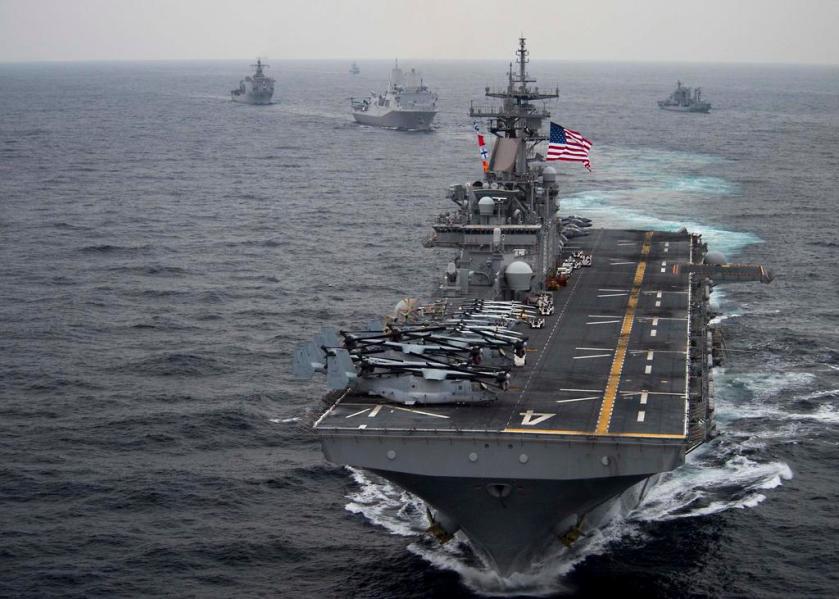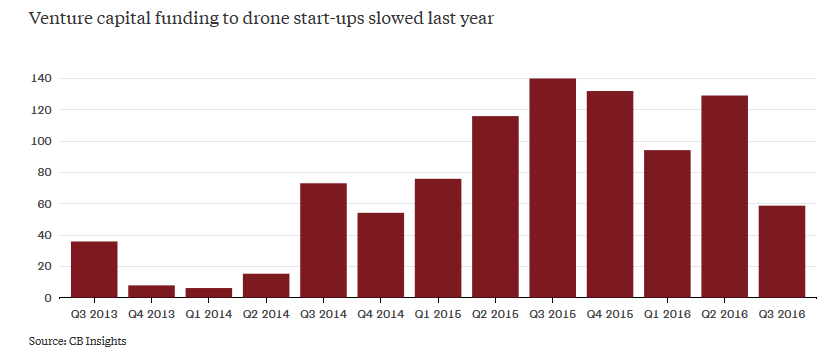Giuseppe Sandro Mela.
2017-08-19.

«America’s unmanned dominance has been contested by China’ ambitious drive to be the leading force in drone development and distribution»
*
«China is increasingly becoming a potent player in the unmanned game. …. China is developing a new generation of UUVs, aimed at pinpointing the location of U.S. submarines in the depths of Pacific waters»
*
«In another advance for China, two months ago, news broke that China is aiming to develop a sea-skimming drone, a drone-bomber, or drone “warthog” capable of tearing across the water just half a meter above the surface — well below radar coverage»
*
«In addition to its phantom profile, the advanced concept carries with it a 1,000 kilgram payload, packing enough explosive power to significantly damage an entire U.S. flattop»
*
«Will this be China’s second, aircraft killer after the Dong-Feng 21? …. China’s new system would be far more economically viable to deploy and operate than the DF-21. …. A U.S. carrier task force could be quickly overwhelmed by an aerial armada of these new deadly weapon units steaming at high speeds directly toward it»
